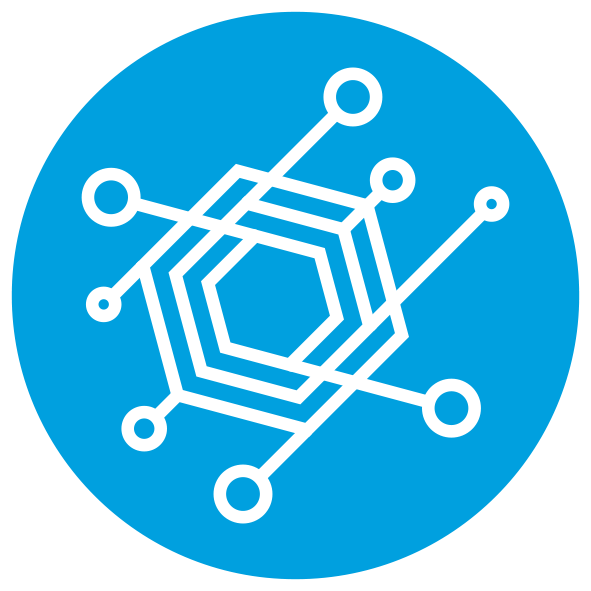Submitted by
on December 02, 2013
QUANTUM SHORTS 2013: SHORTLISTED, SINGAPORE YOUTH CATEGORY
“We’d like to thank you. For your endless support. SEAOB has received 5 consecutive Gold ‘Consumers choice awards’, from 2067 through to this year. Thank you for making the Southeast Asian Online Bank your number one choice in virtual currency banking! As the President of SEAOB, I can say your undying support has helped us…”
It was an advertisement. John Wong places his remote control to his 3DTV down, and mumbles about hating listening to his own voice. CEO of the ‘most trusted’ virtual bank slumped back into a bean bag in a well-furnished office and mulled over what the phrase ‘most trusted’ even meant. Trust isn’t even quantifiable, how’d they measure such a subjective opinion.
“Ok, back to businessy things” he says.
“2018, the virtual currency boom. Started with the BitCoin, the universal virtual currency. But, there were forces acting against the virtual currency movement. Infamous hacker groups attacked the databases and policies of the BitCoin in the name of it being an invasion of security. It was deemed an untrustworthy cause masterminded by governments to control the financial world.”
I’m not denying anything though.
“As of today, the universal virtual currency in circulation is the QubitCoin. Praised for its stability as a platform, stemming from the great foundation and knowledge of quantum physics and quantum computing of the current era.”
John had QubitCoin history memorized like a ting xie was tomorrow. He was nervous like there was ting xie tomorrow. In 16 hours, he had to explain to the press, his messing up. The mess known as the greatest quantum bank robbery.
“Tan Jia Yee, Asia Times Online. How much?”
“Umm… The closest estimate we can give is 6.8 million Qubits, almost 12 million erm.. US dollars.” John was reciting instructional lines given to him in an earpiece. He reached to scratch his left ear.
“Putera Zachary for Berita Petang Sarawak. Who are the supects do you think?”
“I’ll decline to… comment on that. Yes.”
“Bernadette Yeo, Straits Times. Will there be in-depth detail to how the hackers managed to steal that much money?”
Strange question. And she spoke so slowly unlike anyone in the room. She’s quite pretty too. Oh shucks hold up. The room had been silent for a whole gut-wrenching, pin-dropping, walrus-punching, 15 seconds. John has no clue what the earpiece told him. He scratched at his left ear nervously.
“Errrr…. e..u.. No. We will not-“
The earpiece interrupted him with instruction contrary to what he had mindlessly blurted out. It even called him an idiot.
“So, the money just disappeared into virtual thin air then,” She said.
“Er no. We’d like to uphold the trustworthy status of the bank, and be as… transparent about the issue.” Transparent and trustworthy my ass, wait till they hear about what we do with the money they give us. No one’ll place any trust whatsoever in the bank that couldn’t find 6.something million Qubits. Hmm… What ever did happened to the 6.something million Qubits? John was curios to find out what happened under his figureheaded nose.
The font of the title was in typewriter. That’s how you knew the report was serious. Also, “incident report” was that title and that meant serious business. John swiped the iPad screen left, to read the first page. He does so, paraphrasing, out loud, and on a bean bag in his office.
At 9:42pm, an email is sent to all staff at the bank with the attachment ‘lol.dlm’. No one opens it, gladly since the email provider provided a spam filter.
At 1:04am a quantum server facility in Dubai is broken into. The servers here house the phosphorus used in the quantum computing process, and they are responsible for the quantum firewall and antivirus programs for the several banks under the VirtuaBanks name, including, you guessed it, the Southeast Asian Online Bank.
1:17am, Dubai police arrive on the scene to an empty building, and have discovered nothing stolen or tampered with.
3:50am, investigators finally discover the motive for the break-in. A piece of phosphorus had been carefully engraved into, in almost random but seemingly specific patterns. There was a picture in the report and John likened the normally spherical ball of phosphorus to a ping pong ball after a fat child sat on it.
With his limited knowledge on how quantum computing worked, John worked out the quantum mechanics of the whole scheme. The server senses electrons in the ball of phosphorus for spin up, spin down, and superposition- what is normally in classical computing ones and zeroes. And so by altering the shape, the thieves bypassed security and from an email, they cunningly stole a bunch of Qubits.
John was tired. He went to sleep. He was tendered his resignation the next day.
About the Author
I’m late 🙁



